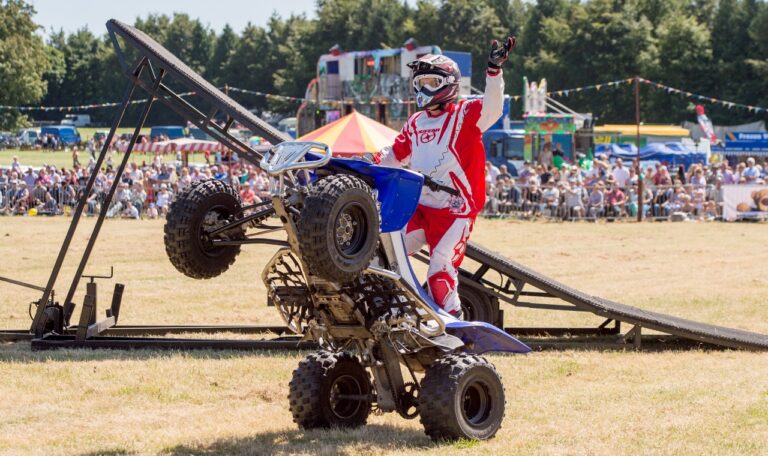Locally the only species of hare you will see getting up to any madness will be the Brown Hare with the native Mountain Hare being a creature of the uplands as it’s name suggests.
The Brown Hare was thought to have been introduced by the Romans or possibly an earlier civilisation and it quickly found its niche in the grassland habitats present in abundance at the time. It is a common misconception that the Brown Hare is a rodent and closely related to animals like rats, mice and squirrels, however, along with rabbits they are part of a separate group known as lagomorphs, differentiated not by the obvious long ears, but by their teeth.
A hare and a rabbit may share similarly long ears but they can be told apart by the black patch at the tips of a brown hare’s ears, the hare also has longer hind legs which make them appear very ungainly as they lope along field edges. Unlike the rabbit, a hare does not shelter safely in a burrow underground but hides in a shallow depression above ground known as a form, relying on camouflage and tremendous speed as a defence.

The Brown Hare is in decline nationally, particularly in the west, but we are lucky that it can still be readily seen here in Lincolnshire. They unfortunately still suffer persecution from Hare coursers and their ‘sit tight’ defence mechanism can put them at risk from crop sprays and particularly the young hares (known as leverets) from being killed by dogs.
It is thought that the impressive camouflage abilities of the hare may have lead to tales of witches in the past. Before the widespread use of binoculars or even glasses, a group of hares siting up prominently together (as they sometimes do this time of year) may have appeared to be human figures further away and then when they ‘vanished’ by sinking into their forms it may have seemed like a supernatural sort of magic. There is a lot of folklore associated with the brown hare but my favourite is around the origin of easter bunny hiding eggs for people to find. Could this actually have been derived from the springtime walks in grassland where once you may readily have come across brown hare and then newly laid lapwing or curlew eggs? Or perhaps you see a hare burst out of a hedgerow as you approach and you then find the nest of a partridge?
This time of year, the brown hare is quite preoccupied with courtship and, as you might expect, this is where the madness comes in. Groups of hare come together, often a female and several males, a chase then ensues with the males vying for the attention of the female, the female may become quite annoyed at the pursuit and stand up to box the over-amorous males when they get too close. If you want to get out and see this for yourself, I recommend going out at dusk or dawn and using public footpaths along fields close to woodland or thick hedgerows where hares find shelter and food during the Winter and early Spring.
Gillian Fisher, Ecologist
Photographs – Christian Poulsen
To learn more about the Natural Environment on Revesby Estate click the following link https://www.revesbyestate.co.uk/values/natural-environment/





